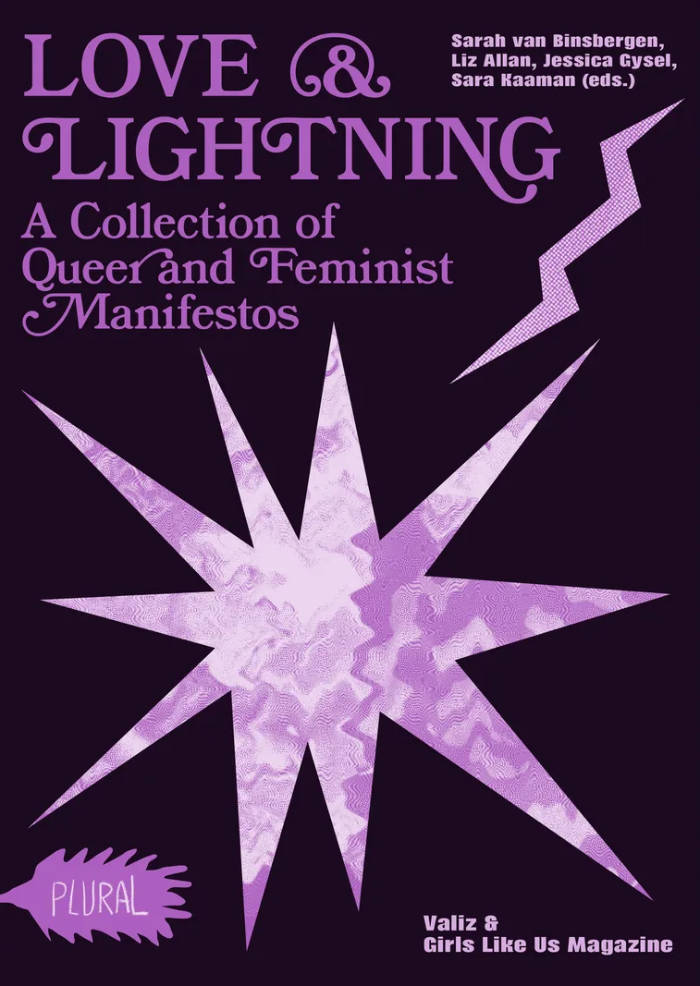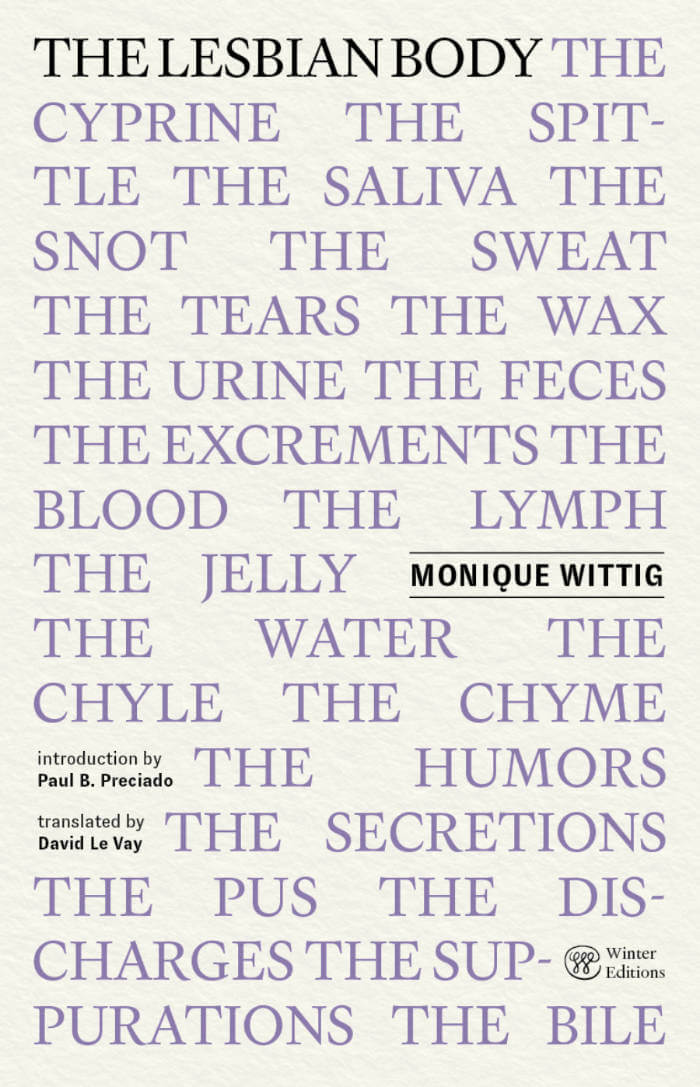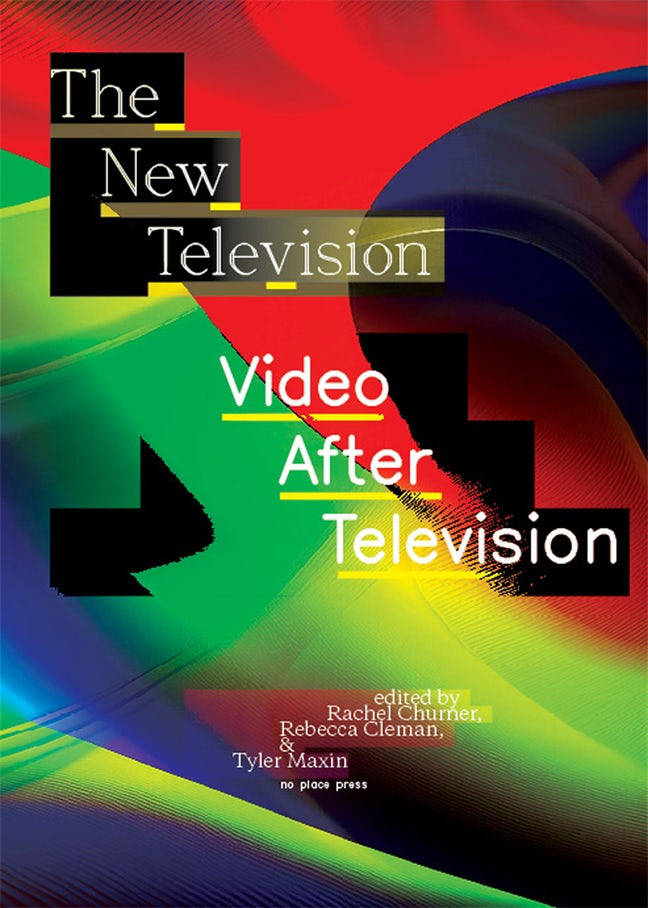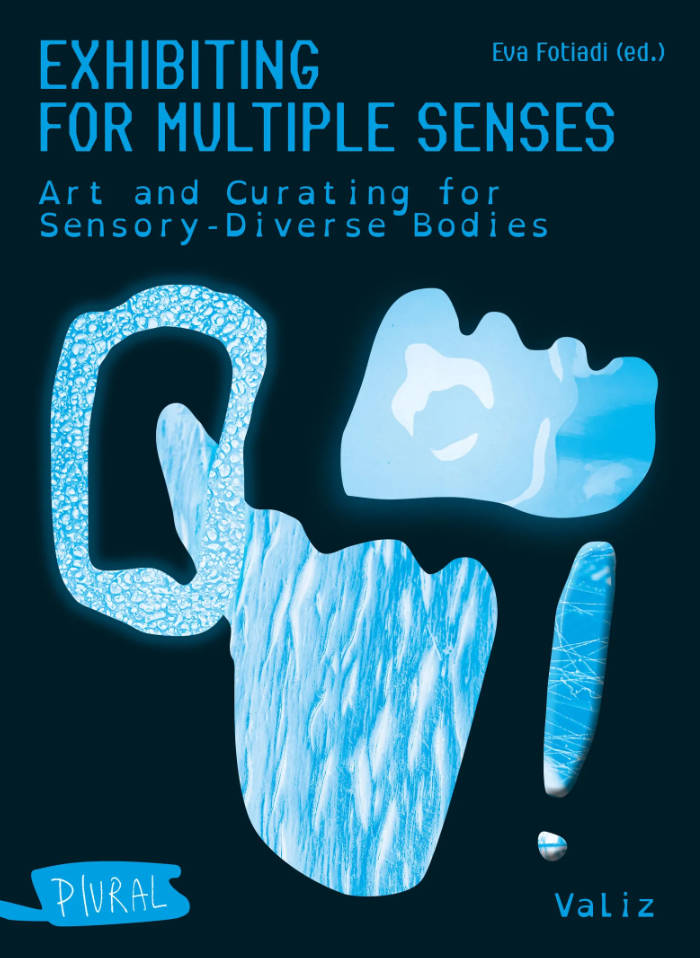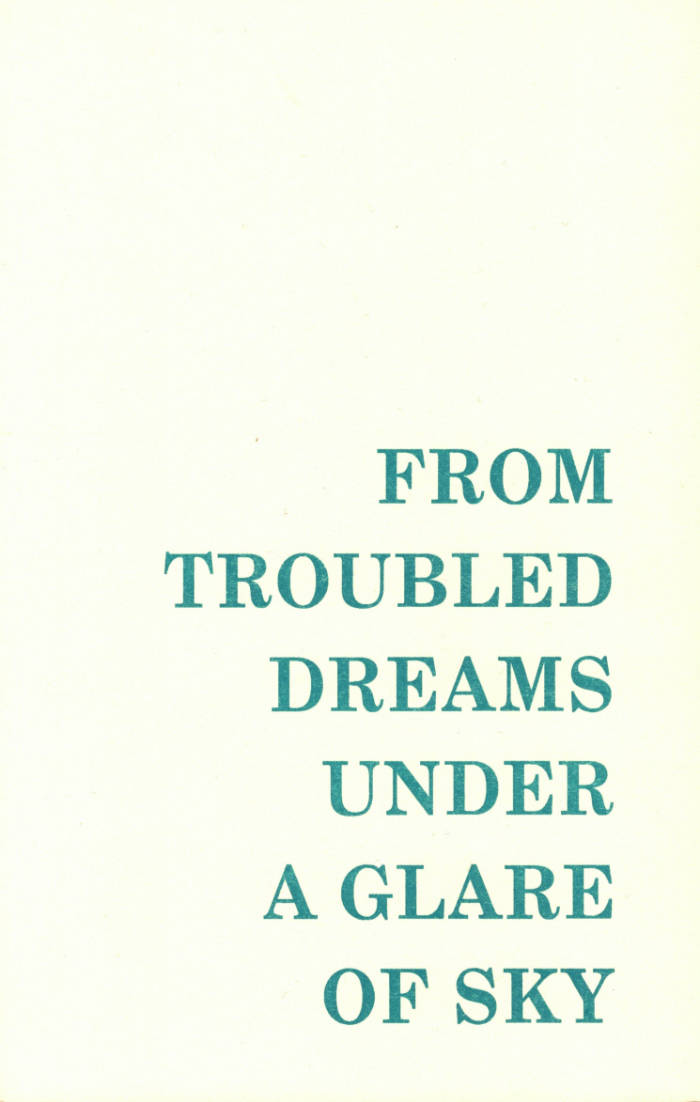
Edinburgh International Film Festival
From Troubled Dreams Under A Glare Of Sky
Michael Pattison ed.
From under the luminous glare of the laptop and cinema screen, From Troubled Dreams Under A Glare Of Sky gathers newly commissioned essays from nine writers in Scotland, exploring ideas of cinema and metamorphosis.
Considering films in the programme of the 76th Edinburgh International Film Festival (EIFF) and beyond, the texts ranging in style, form and focus-encompass dreams and awakenings, the fatigue of cultural production, queerness and transness, Blackness and sacred spaces, and depictions of the immigrant. Each text creates space to understand, to make sense of what is on screen and what is out of frame.
Filmmakers discussed include Kelly Reichardt, Cauleen Smith, Celine Song, Paul B. Preciado, Babak Jalali, Liu Jian, Ng Choon Ping and Sam H. Freeman, Huw Lemmey and Onyeke Igwe. Expanding on an eclectic array of new and retrospective cinema, the collection seeks to introduce readers to a burgeoning Scottish scene of fresh voices in film and cultural criticism.

